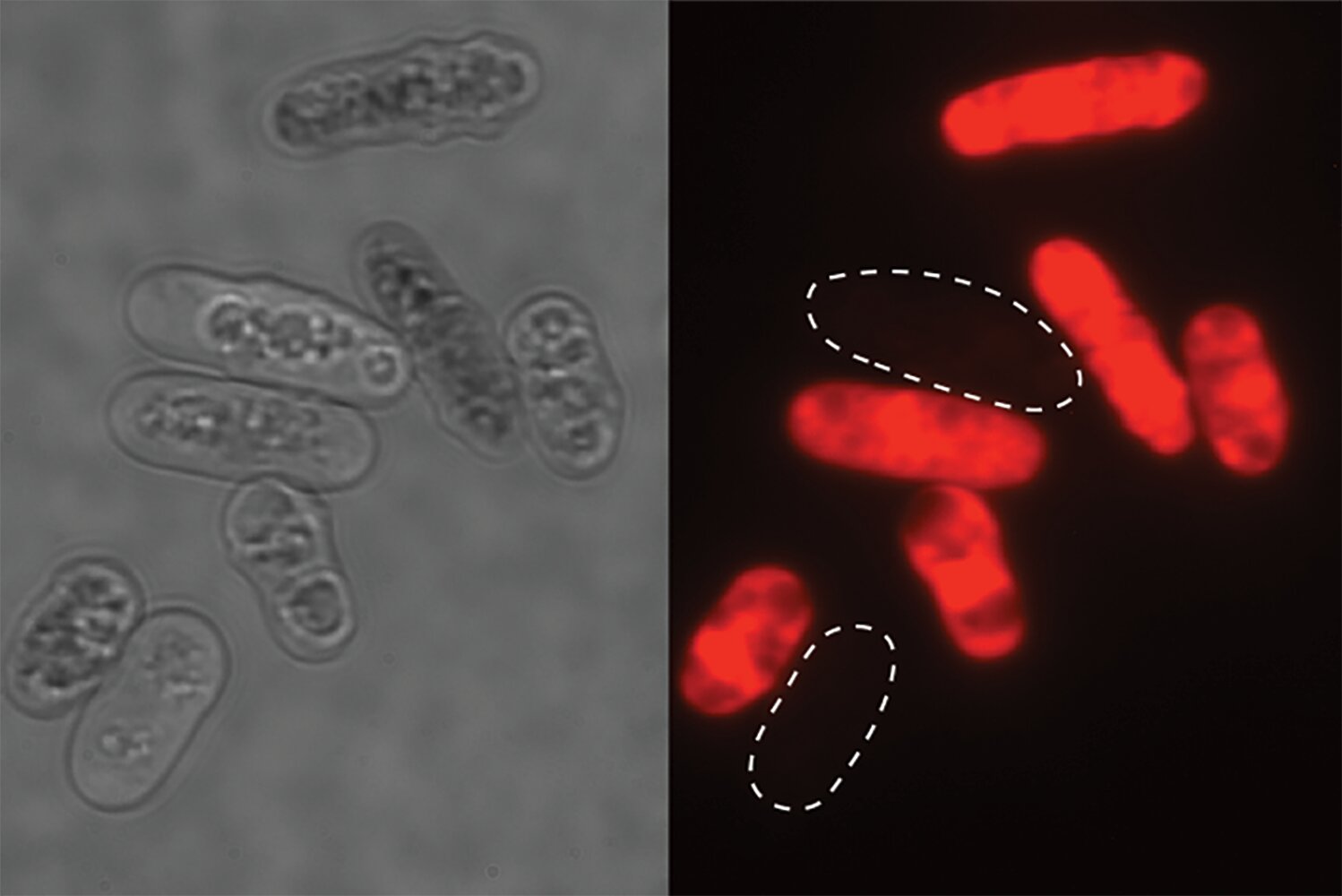Very interesting!
I don’t follow the line of argument about the comparison between cheaters in populations that use the ‘toxin-antitoxin’ strategy and cheaters in populations that use this newly proposed ‘latecomer’ strategy.
In the discussion of the paper, they write:
Moreover, the latecomer killing may overcome the problems of the toxin-antitoxin system. In such a system, toxin producers should continuously produce antitoxins to protect themselves, and the maintenance of this state is a heavy burden for them [31]. Thus, the toxin producer is lost to a cheater, which only has the antitoxin system, whereas the cheater loses to cells with neither toxins nor immunity [32]. In contrast, the latecomer killing does not cost much because the adaptation system can be turned off without the toxin; indeed, the cells precultured in 3% MM without the autotoxins died in the CMs (Fig 1). In contrast, cheaters have disadvantages in their stable expression of protection mechanisms. Then, when the environment fluctuates between glucose-rich and glucose-depleted conditions like real natural conditions, cells with adaptation can beat cheaters in a glucose-rich situation, and cheaters would be expelled eventually. Thus, latecomer killing may be resistant to cheaters.
In the latecomer strategy you also have members that will produce the toxin (which is burdensome) and ‘cheaters’ that are adapted but do not produce the toxic molecules. The claim made is that the adaptation system can be turned off without the toxin, but they don’t explain why this can’t be the same for the anti-toxin system. I appreciate the differences during the initial stages of the population adapting, but in my opinion both strategies converge towards a similar type of population - and both are susceptible to cheating in the same way.



